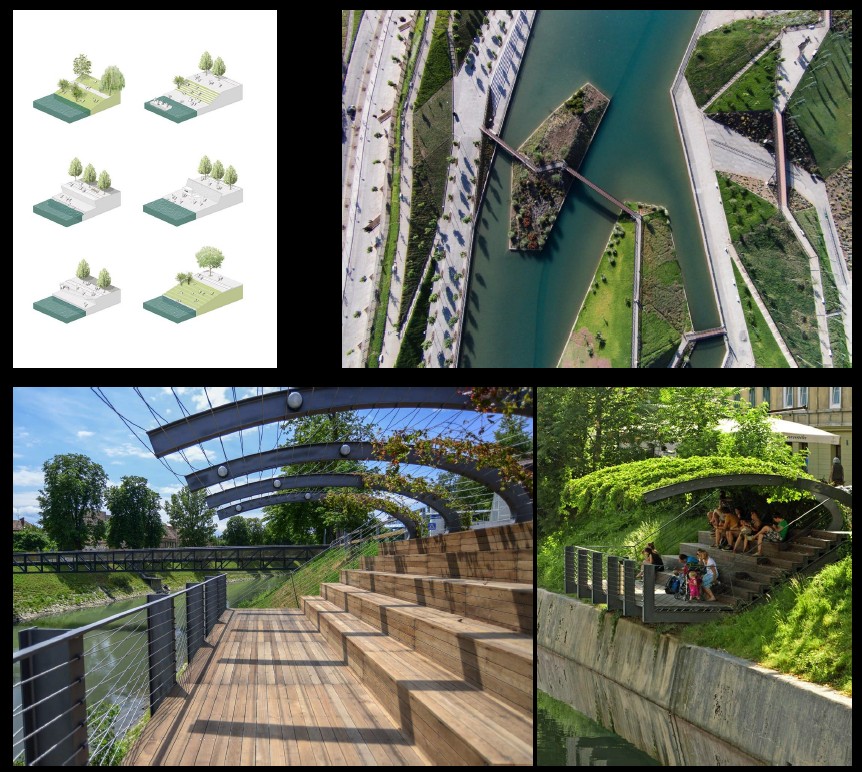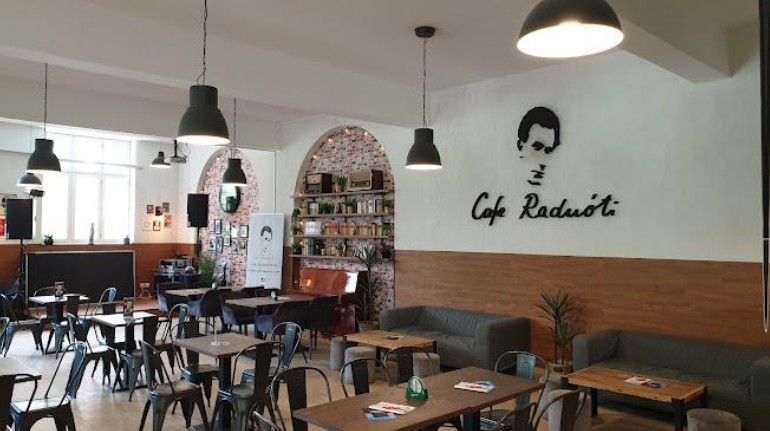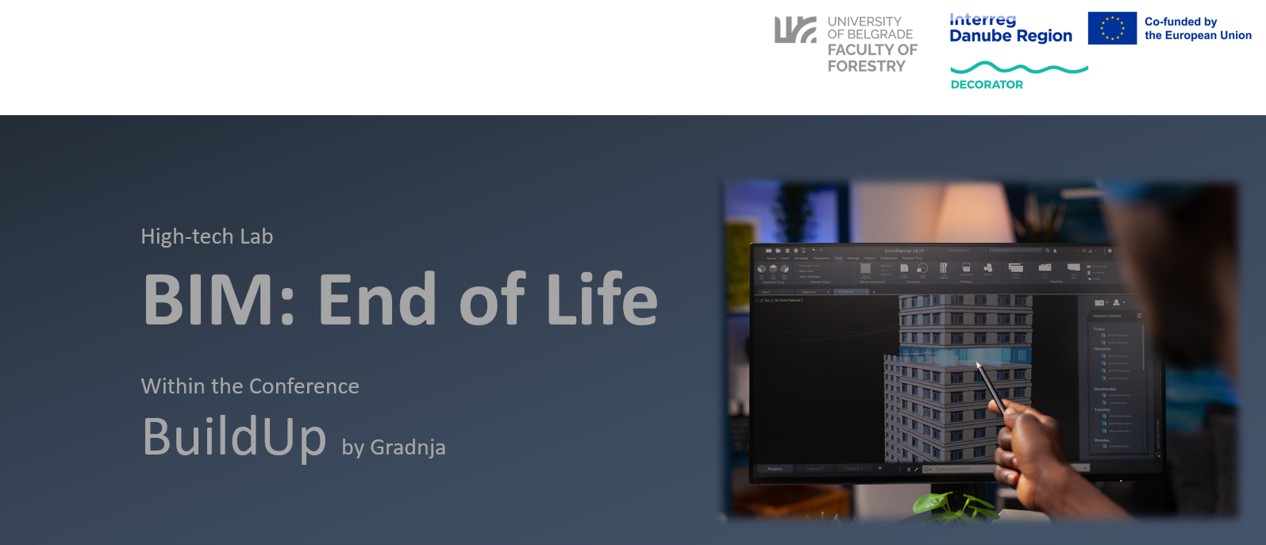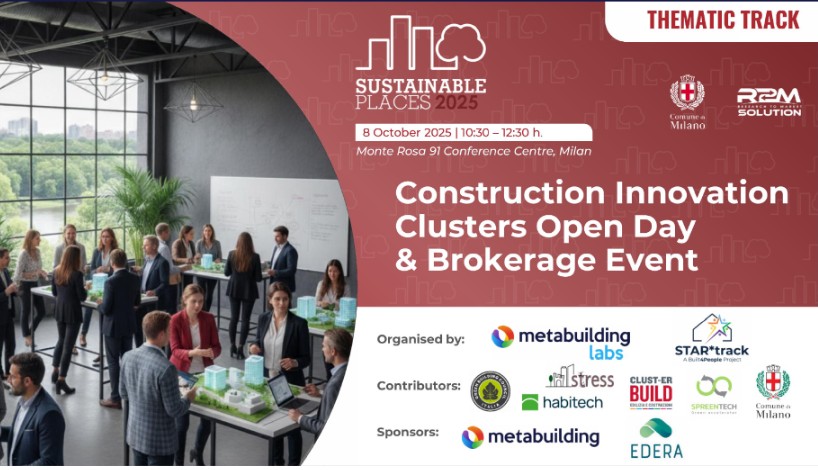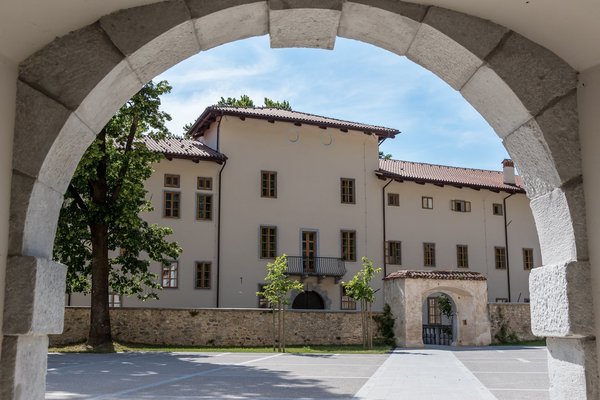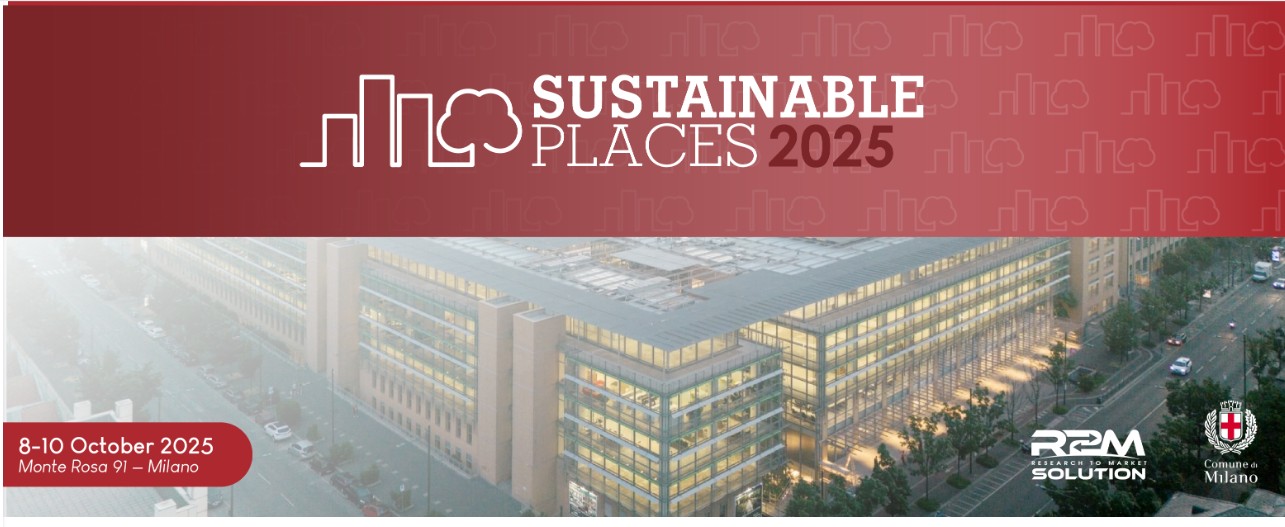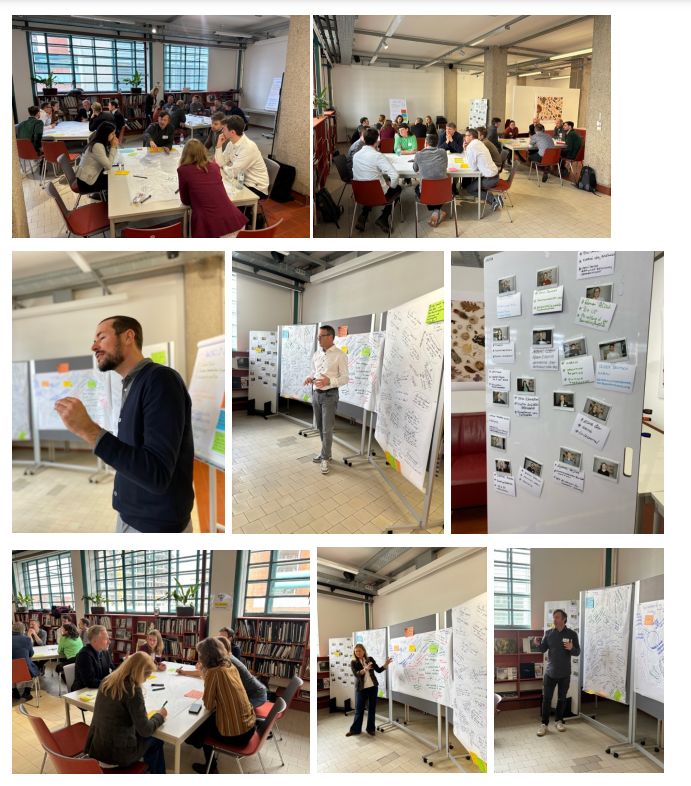
14th March: World Cafe in Austria
The World Café “Sustainable and circular construction” took place on 14/03/24 from 10:00-14:00 at the Tabakfabrik Linz.
The main goal was to exchange ideas, challenges and examples on sustainable practices in construction with other architects, designers, building contractors, local authority representatives, neighbourhood developers and experts as well as to share their experiences and gain new perspectives in discussions with others.
In 3 rotating table session participants discussed challenges, solution ideas and good practices on the following key questions • What does it take to make construction and revitalization processes more inclusive and participatory? • How can the use of sustainable materials and technologies succeed? • How can we promote the use of regional resources and thus strengthen regional identity?
Outcomes and findings:
Key-Question Table 1: How can we promote the use of regional resources and thus strengthen regional identity?
Identified challenges: • New interpretation of the definition "spatial densification" into “inner development”. This term is more citizen-friendly • Competition between municipalities creates competition and not cooperation • Complexity and variety of options for materials • Lack of cost transparency • Resources are also land & soil, knowledge & experience • "Everything is possible everywhere"
Solution approaches: • Regional value creation = compact, networked learning and action • Multiple participatory use of resources • Rediscover, revitalize and rethink old materials • Promote future skills e.g. open mindset ... • Digital fabrication - urban production: individualized production back into the agglomerated space • Strengthen communication & collaboration • Strengthen communities and create low-threshold, freely accessible social spaces • Promote cooperation between municipalities and not competition through municipal taxes • Decentralization of general resources e.g. decentralized energy supply • Promote research on residential construction
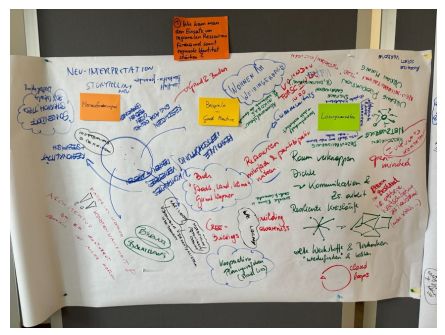
Key-Question Table 2: How can the use of sustainable materials and technologies succeed?
Identified challenges: • Alternative and second-hand materials are available, but are often not standardized or certified or there is little knowledge about quality and properties. • It is therefore a liability issue for many construction companies as to why they do not use alternative or second-hand materials (e.g. fire protection, bonding, etc.). • On the other hand, there is a lack of incentive systems (e.g. with regard to funding criteria etc.) and legal foundations. Legislation is lagging behind. • Hardly any awareness of "conversion culture" and understanding of land as the most important resource. Overall social consensus is needed. • There is a lack of networking and capacity building • Definition of "what is sustainable material"? • Desire for a "market" that takes care of storage on the one hand, but also testing and sales on the other. And also networking? • Lack of skilled workers (in general, but especially for processing materials such as clay, etc.) • Applicability, costs and added value must be in harmony
Solution approaches: • Innovative Materials are available, technology is too- it is only a matter of bringing them into construction business • Interdisciplinary approaches can help (know-how from other industries) - Certification of processes, e.g. in mechanical engineering • BCD - Behavioral Centered Design as an approach • Agile, experimental "management in construction" • Development of the "Baukulturelle Atlas" at the Linz University of Art: collection of next practices (e.g. also for mayors). Material collections as an educational mission. • Reduction possible in many areas - e.g. space/soil, energy, mobility, housing, office • Decision pyramid: first look at "best case" (location, costs, material, availability, contexts, etc.), if not possible, move up a level. At the top "worst case" implementation • Rental of components? • Use natural materials such as mushroom-based substances for insulation materials • Wood is widely accepted, but needs more support • DIN for load-bearing clay building blocks • Breaking up structures beyond ideology
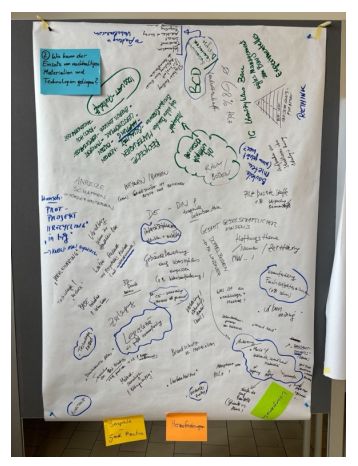
Key-Question Table 3: What does it take to make construction and revitalization processes more inclusive and participatory?
Identified challenges: • Ownership and ownership structures are often an obstacle to participatory and inclusive planning (many parties in a property are rarely in agreement, private individuals are often afraid of solutions that could arise) • There are no (or too few communicated) contact points for high-quality participatory planning processes that can be approached. • Due to the massive consumption of land, several generations will once again be living under one roof in the future - inclusive and participatory planning processes therefore start with the family. • There are no clear rules as to where participation actually starts (or should start). • In future, much more thought needs to be given to what is actually needed and what can still be easily changed in the future. • There is too little recognition on the part of politicians that participatory planning processes increase the quality of planning and enhance the market value of properties. • Planning processes in the city are often easier, as the mayor is often still too conservative as the final building authority in rural areas
Solution approaches: • For the "building" of the future, the participatory planning approach should be established as a legal obligation. • We need "lighthouse and pilot projects" that provide encouragement and demonstrate how participatory planning can work. • Genuine democracy is needed - the framework conditions are often already so fixed that participation is seen as an "alibi" action. • There will need to be a separate funding pot for high-quality and participatory planning processes - currently, funding is still flowing in the wrong direction. • Own initiatives should be given more support in future. • Advisory services should be listed, communicated and made accessible according to objective criteria. • Participatory planned properties should be exempt from VAT. • Establish modular and circular construction as a guiding principle for the building of the future - open-use concepts are needed!
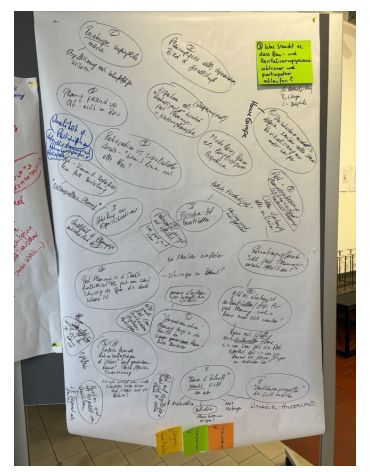
News & Events
Read the most recent updates and explore the upcoming events.

